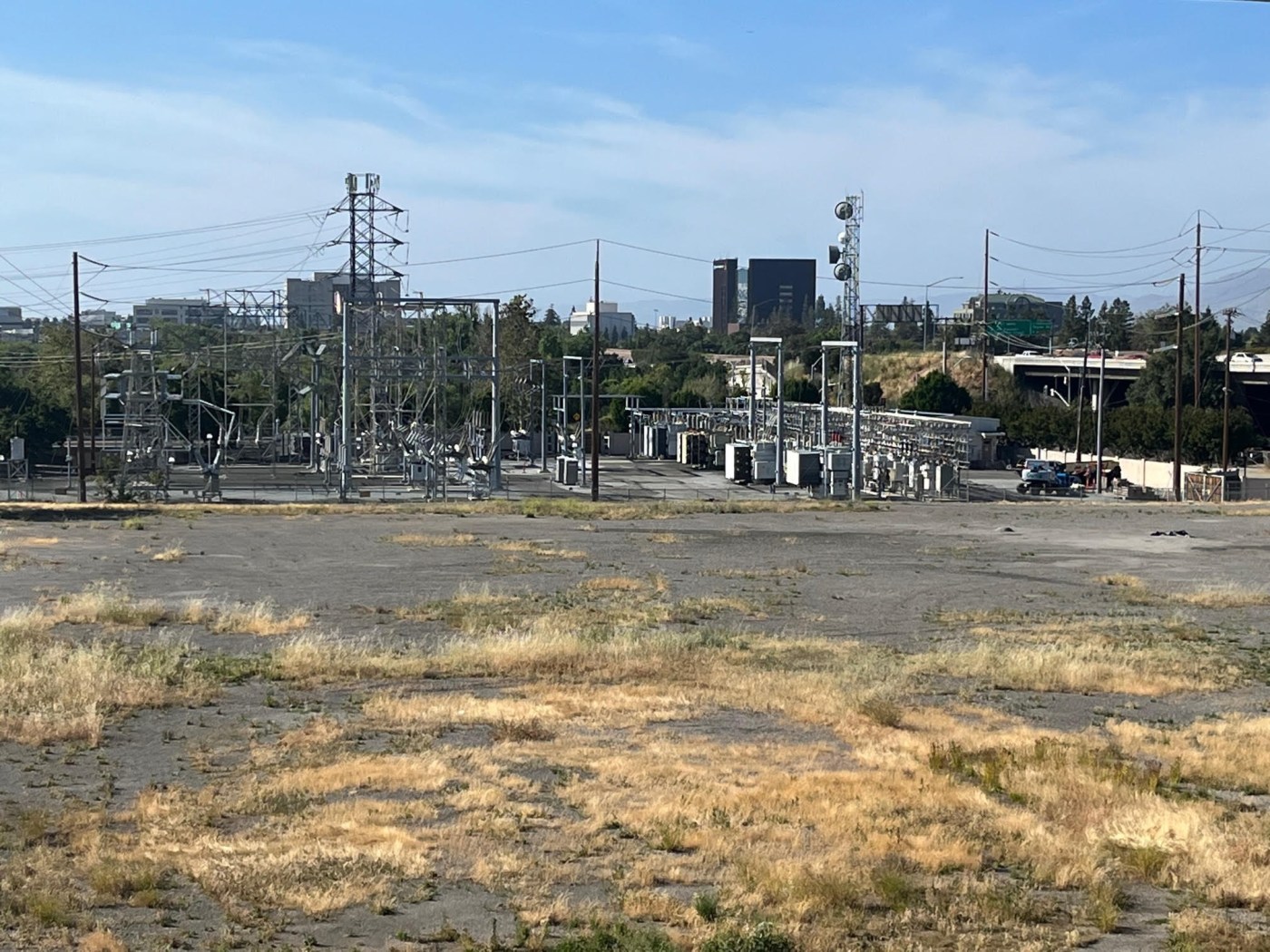OAKLAND — PG&E customers face the ominous prospect of a fresh round of increases in monthly bills — yet again — in a case tied to the utility titan’s efforts to connect new homes and businesses to the electricity grid.
The proposal sets up a tug-of-war over how much of a burden ratepayers should bear to finance PG&E’s efforts to link residential and commercial customers to the power system.
Two state hearing officers have issued a proposal representing the first step of a process that could trigger higher monthly bills for PG&E customers, depending on decisions California regulators make in this case and other proceedings arising from the matter.
The state Public Utilities Commission is looking into the situation due to growing complaints over what some perceive as PG&E’s unduly sluggish pace of completing connections needed to energize an array of residential and commercial buildings.
The bill, SB 410 authored by state Sen. Johh Becker, a Democrat who represents parts of Santa Clara County and San Mateo County, directed the state PUC to come up with an average and maximum period for utility companies such as PG&E to complete an energy connection for a property.
All of this costs money. The big question is who should pay for these connections within the mandated amount of time — and how much should be paid.
“To reduce greenhouse gas emissions, PG&E’s electrical distribution system must be substantially upgraded to allow new customers to be promptly connected to the electrical distribution system and allow existing customers increasing their load to have their service level promptly upgraded,” the state administrative hearing officers wrote in their proposed decision.
The proposal also states that proactive planning, engineering and construction would be needed so PG&E could promptly provide electricity to future customers.
Loretta Lynch, a former member of the powerful five-member Public Utilities Commission, agreed that it makes sense for customers to help foot the bill for some basic costs that PG&E must incur to comply with whatever standards the PUC crafts by year’s end.
Oakland-based PG&E, however, is attempting to include some expenditures in the PUC proceeding that aren’t directly linked to the basic housing connections, in Lynch’s view.
“It would be like if you go to a car mechanic to replace a radiator, but the mechanic also wants to charge you for new tires, a new paint job, new doors,” Lynch said. “This is classic PG&E. They are trying to stuff all sorts of costs into this proceeding that shouldn’t be there. Buying land, building substations.”
The proceeding arrives at a time when California politicians are under plenty of pressure to find ways to get housing projects completed and occupied.
“The demand for housing in California means a lot of homes and apartments have to be connected to the grid,” Lynch said. “But now there is a huge backlog to connect that housing to electricity. You can’t move homeless people into supportive housing without an electrical connection. It’s not just businesses, it’s also housing.”
The bottom line is it appears likely that electricity demand will only increase.
“This type of electrification work and increased electrical usage by customers ultimately can put downward pressure on rates by spreading the costs over a larger number of customers using more electricity,” Mike Gazda, a PG&E spokesperson, said in comments emailed to this news organization.
Some economic experts, however, note that the supply or availability of a service or commodity typically must increase to keep prices stable should demand increase.
In April, this news organization interviewed PG&E Chief Executive Officer Patricia Poppe about the soaring cost of electricity and gas for the utility’s customers.
“We see a future where customers’ bills can start to come down,” Poppe said after an event PG&E hosted in Richmond.
Poppe said monthly bill costs could flatten or decrease by 2025 or 2026.
“We see prices falling in the future,” Poppe said. “We are working every day to make that happen.”
Lynch urged the PUC to ensure that the current rate proceeding associated with the hearing officers’ proposal doesn’t enable PG&E to harvest too much money from customers.
“PG&E wants a closet full of shoes and it wants the customers to pay for all those shoes,” Lynch said. “PG&E should only be paid for the one slipper.”












